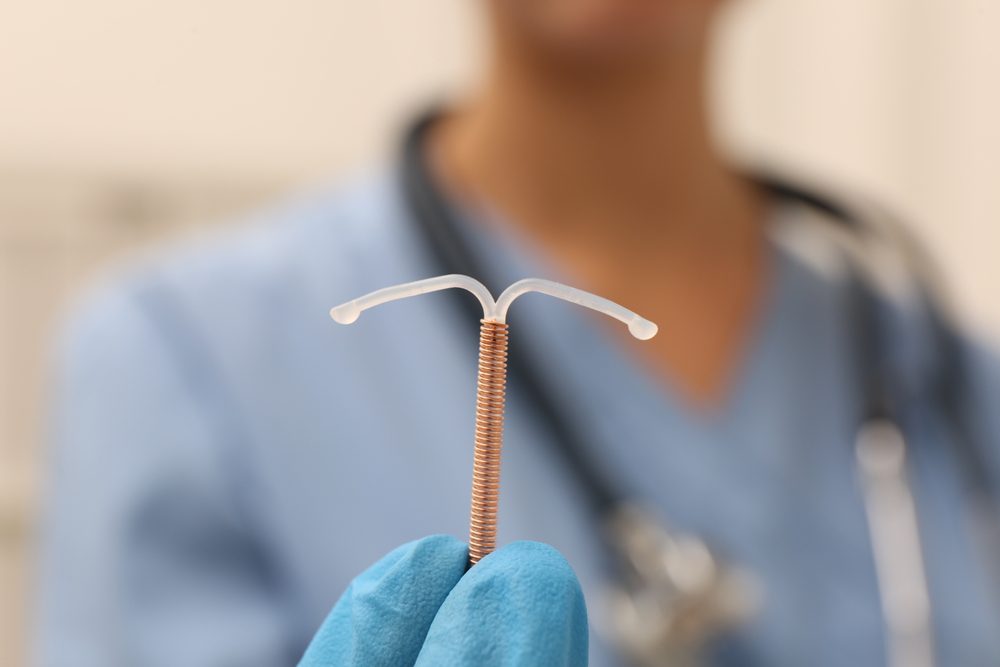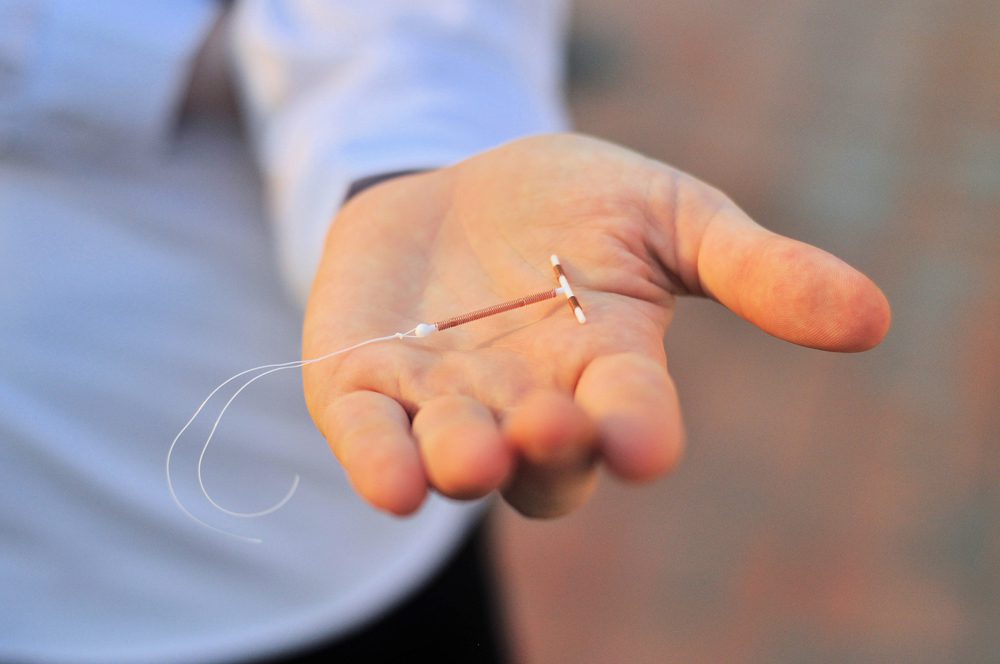Women have been taking birth control for decades, but often with very little knowledge of the science behind how birth control works, and the effects on your body.
While there is plenty of education on how a condom works, other birth control methods, such as the IUD, are more complicated to understand.
When choosing birth control, it’s important to know both the benefits and side effects of the options available. Read on to learn more about the IUD.
What is an IUD?
An IUD (Intrauterine Device) is a long-term contraception option and one of the most effective birth control methods out there. It is a tiny device that’s put into your uterus to prevent pregnancy. Although long-term, it is also easily reversible.
The FDA has approved 5 types of IUD in the United States including ParaGard, Mirena, Kyleena, Liletta, and Skyla.
IUDs use copper or hormones to prevent pregnancy. Each type of IUD will work for a slightly different length, ranging from 5-10 years, unless removed early.
How Does an IUD Work?
Some IUD’s, such as the ParaGard IUD, are made using a small amount of copper, which is released into the uterus and works as a spermicide. Copper is toxic to sperm.
The other IUD types including Mirena, Kyleena, Liletta, and Skyla, release a form of the hormone progestin into the uterus. Progestin thickens the cervical mucus so that sperm can’t reach the egg. In some women, progestin may also prevent ovulation.
Both copper and hormonal IUDs prevent pregnancy by changing the way sperm cells move so the sperm can’t get to an egg and fertilize it, which would otherwise result in pregnancy.
How is an IUD Inserted?
The IUD must be inserted into the uterus, and the thought of this procedure can be off-putting, however, it is a simple and quick procedure done by a nurse or doctor.
First, you will have your vagina, cervix, and uterus checked. You may also be checked for STIs or pregnancy.
Some women may need medication to numb their cervix before the procedure so it’s easier to open. The IUD will then be inserted into the vagina in a procedure that usually takes less than five minutes.
Many women feel fine after having an IUD inserted. However, if you experience cramps or dizziness, you should rest after the procedure. Intermittent cramping or spotting can last up to 3-6 months.
Is an IUD Safe?
Copper IUDs are safe as copper is a mineral found throughout your body. Although you should not choose this option if you have a copper allergy, Wilson’s Disease, or a bleeding disorder that makes it hard for your blood to clot.
Hormonal IUDs are also safe for most women, although you shouldn’t get a hormonal IUD if you have had breast cancer.
You should not choose either IUD as your contraception method if you have:
- Cancer of the uterus or cervix
- An STI
- A pelvic infection
- Had a pelvic infection after either childbirth or an abortion in the past 3 months

What are the Side Effects of IUDs?
An IUD is very effective with annual failure rates well under one percent. However, like all birth control, it can fail on rare occasions. If you get pregnant with an IUD in place, there’s an increased risk of ectopic pregnancy and other serious health problems. If you think you are pregnant, have the IUD removed by your nurse or doctor right away.
It’s rare but possible to get an infection if bacteria get into the uterus when the IUD is inserted. You should seek medical help if you think you have an infection as it may impact long-term fertility if left untreated.
Can IUDs Move Out of Place?
IUDs can move after placement, which would impact effectiveness. On rare occasions, an IUD may push through the wall of the uterus and may need surgery to remove the IUD.
Signs that your IUD has moved include being able to feel the IUD coming out through your cervix, heavy bleeding, cramping, pain, or soreness, pain or bleeding during sex, vaginal bleeding or discharge that is unusual.
Additional resources when considering using an IUD:
- https://www.plannedparenthood.org/learn/birth-control/iud
- https://www.babycenter.com/0_intrauterine-device-iud_3564.bc
- https://www.webmd.com/sex/birth-control/iud-intrauterine-device
If you would like to meet with a knowledgeable doctor, consider contacting Women’s Health Arizona. As Arizona’s largest ObGyn group, we’re trained and solely dedicated to delivering the best ObGyn experience in convenient and comfortable settings around Phoenix.

